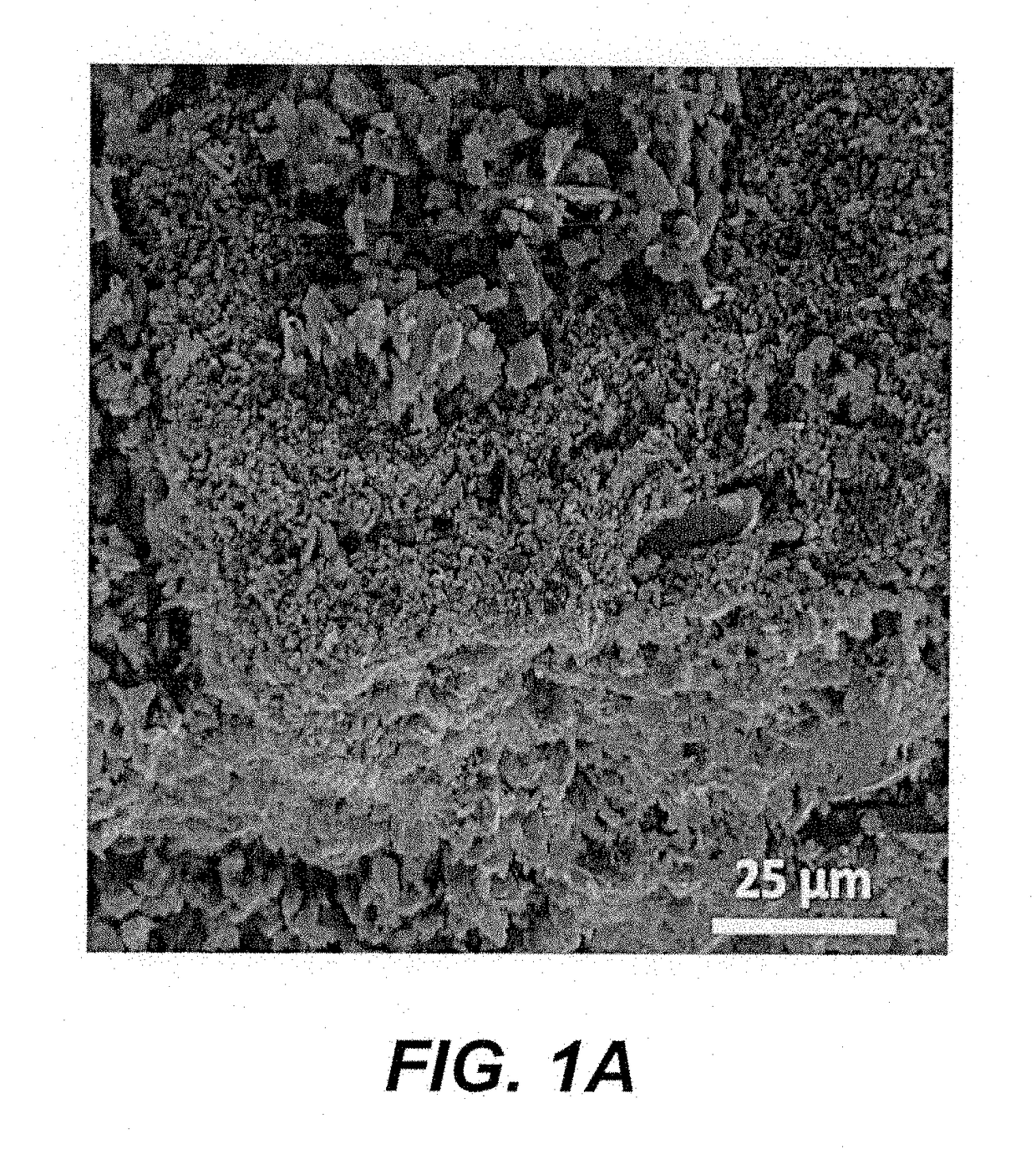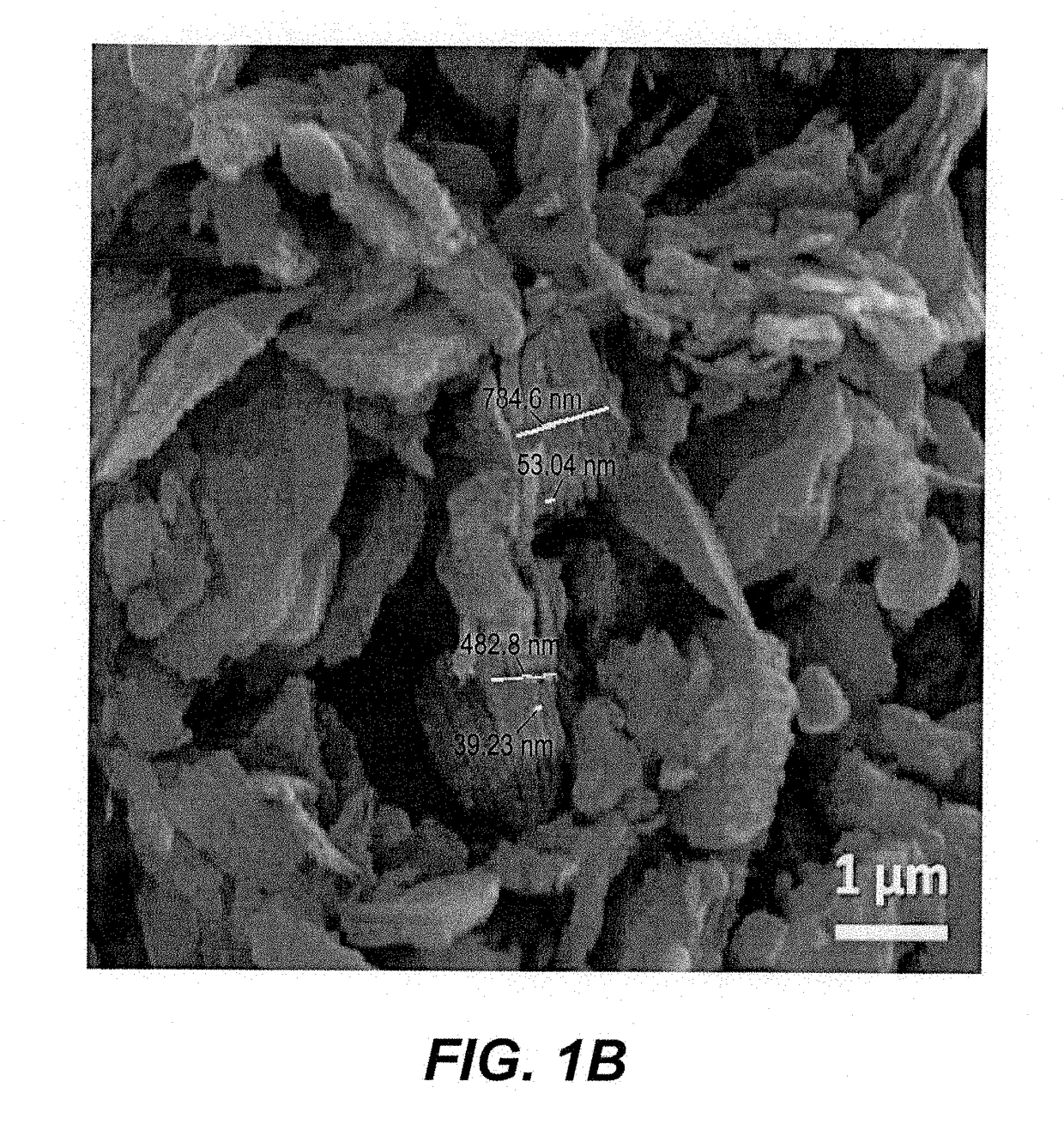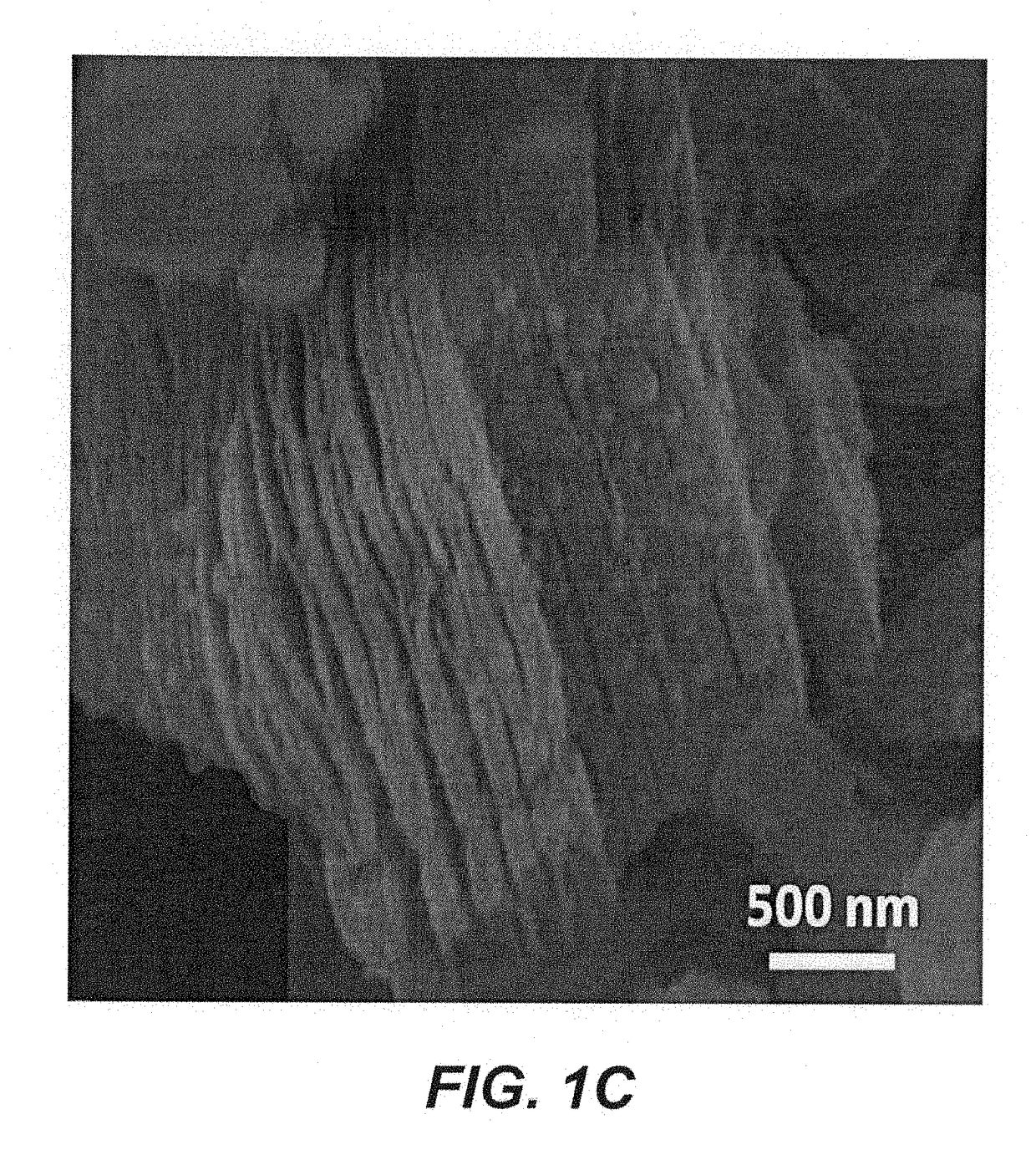Method of Removing Barium from a Liquid
a barium and liquid technology, applied in the nature of treatment water, waste water treatment from quaries, other chemical processes, etc., can solve the problems of clogging of flow lines, and affecting the operation of production lines
- Summary
- Abstract
- Description
- Claims
- Application Information
AI Technical Summary
Benefits of technology
Problems solved by technology
Method used
Image
Examples
Embodiment Construction
[0023]A method for removing barium from a liquid includes using an adsorbent including a two-dimensional nanomaterial to adsorb contaminants, such as barium (II), from the liquid. The two-dimensional nanomaterial can include at least one compound from a group of layered ternary carbides and nitrides, known as MAX phases. MAX phases have the general formula Mn+1AXn where n=1, 2 or 3, where M is an early transition metal, such as scandium (Sc), titanium (Ti), vanadium (V), chromium (Cr), yttrium (Y), zirconium (Zr), niobium (Nb), molybdenum (Mo) or the like, A is an A-group element, such as aluminum (Al), silicon (Si), Indium (In), tin (Sn) or the like, and X is either carbon or nitrogen. Of the MAX phases, MXene, having the formula Mn+1Xn is a preferred two-dimensional metal carbide water contaminant adsorbent. MXenes are produced by selectively etching out the A element from a MAX phase. The liquid can be water by-products from oilfield reservoirs, for example, such as produced and ...
PUM
| Property | Measurement | Unit |
|---|---|---|
| pH | aaaaa | aaaaa |
| pH | aaaaa | aaaaa |
| pH | aaaaa | aaaaa |
Abstract
Description
Claims
Application Information
 Login to View More
Login to View More - R&D
- Intellectual Property
- Life Sciences
- Materials
- Tech Scout
- Unparalleled Data Quality
- Higher Quality Content
- 60% Fewer Hallucinations
Browse by: Latest US Patents, China's latest patents, Technical Efficacy Thesaurus, Application Domain, Technology Topic, Popular Technical Reports.
© 2025 PatSnap. All rights reserved.Legal|Privacy policy|Modern Slavery Act Transparency Statement|Sitemap|About US| Contact US: help@patsnap.com



